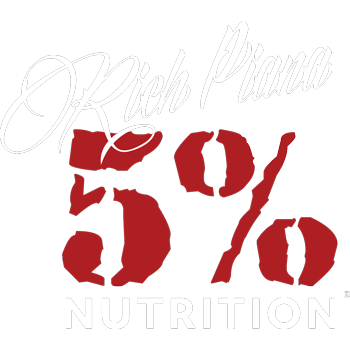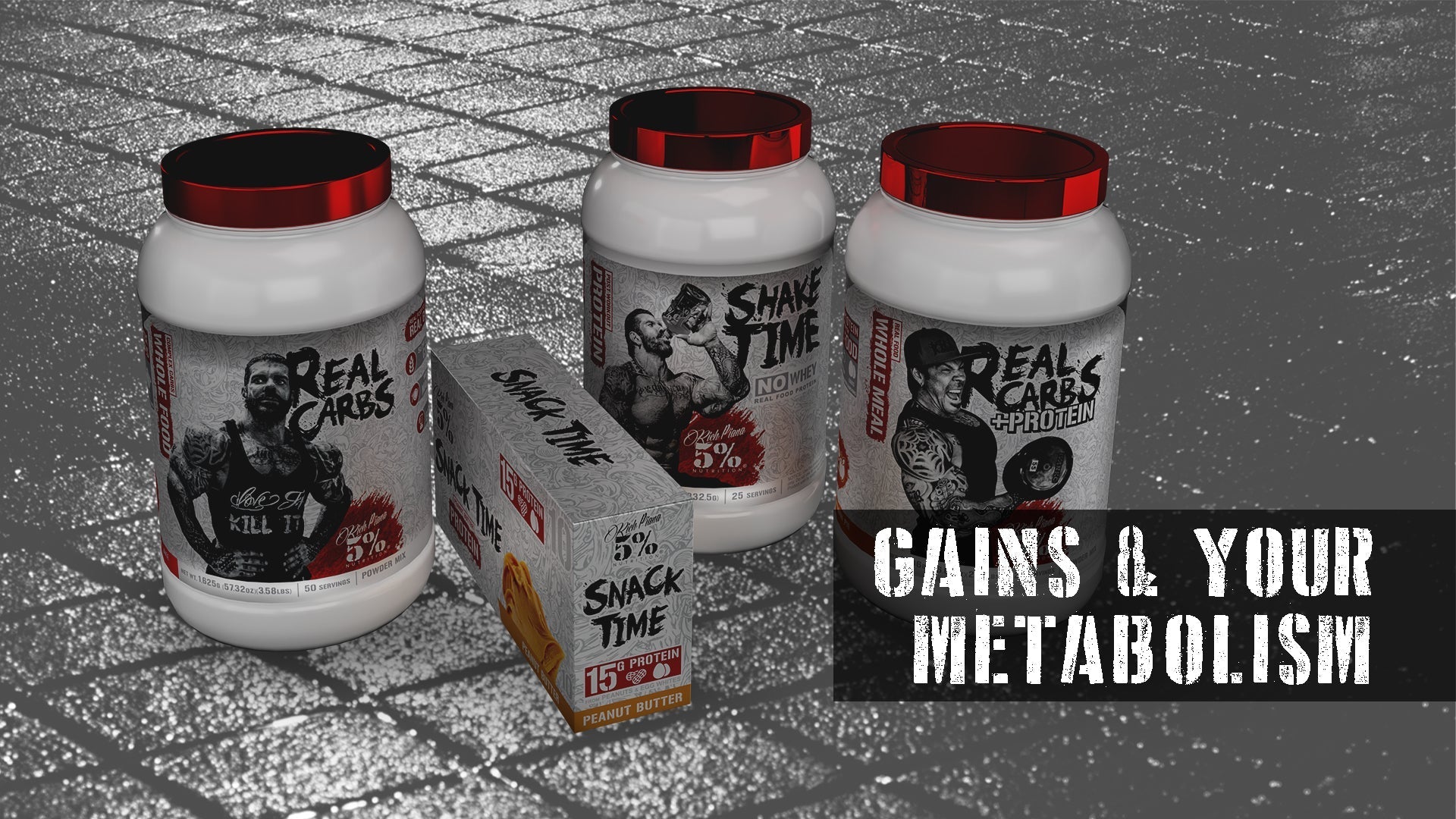In Part 1, we covered Phase 1 of the training program. We also covered nutrition and supplement guidelines. One of the things we looked at was sugar. That’s because most of us went a little (or a lot) overboard on sugary treats during the holidays. In Part 2 of our 6-week training program for the new year, we’ll take a closer look at Body Fat And Sugar. Then, get ready because we’ll be ramping up the intensity in your upcoming routines in Parts 3 and 4!
What Is The Recommended Daily Amount Of Sugar
First of all, sugar is not an essential nutrient. That means there’s no official recommended amount. Still, the American Heart Association has stepped up and provided its own suggestions. They advise men to consume 9 teaspoons daily or 37.5g. That works out to 150 calories from sugar. Women to consume 6 teaspoons or 25g. That’s 100 calories from sugar. That’s a good place to start. As stated in Part 1, you should cut your sugar intake by 25%. As we progress in this 6-week training program, we’ll cut sugar even more.(1)
The Negative Effects Of Sugar
Insulin Can Cause Sugar To Convert Into Body Fat
Once ingested, sugar goes right into the bloodstream. This activates the pancreas to release insulin, which sends sugar into muscle and liver cells. It’s then used for energy. Excess sugar not needed for energy is stored as glycogen. The thing is, the body only holds so much glycogen (100g in your liver and between 300-700g in your muscles), any excess sugar that can’t be stored as glycogen is transported to fat cells for storage. That’s the major problem with sugar: too much ends up causing your body to gain unwanted fat.(2)
A Source Of Non-Nutritious Calories
Other than providing immediate energy, processed sugar has no nutritional value. If you consume whole foods containing simple (sugary) carbs, such as fruit or dairy, you will at least get a few important nutrients. Yet, no matter where your sugar comes from, you still need to limit overall consumption. The goal we will aim for over our 6-week program will be a 75% total reduction in sugar. Don’t worry, we’re going to ease into it, rather than just suddenly drop that much all at once.
Protein As An Alternative Energy Source
You’ve seen the ads and the articles. More and more, protein is being pushed as a source of energy. This is a mistake. It’s not so much that protein can’t be used for energy by the body. Rather, it’s only used as a last resort. Therefore, why push it as a quick source of energy, as if that’s all protein does?
After water, protein is a primary component of the body. It’s essential for muscle growth and recovery. To be in a metabolic environment that promotes muscle growth, you need to eat enough protein every day. But to eat protein thinking the body will use it for energy is not accurate. The body will use carbohydrates and fats first. It will only use protein as a last resort after your stores of carbs and fat have been completely depleted. Therefore, to meet your body’s energy needs for your workouts, plan your meals to include sugary carbs in the hours around the workout so you have enough energy to train. Also, sugary carbs post-workout support recovery. That should be the only time you take in sugary carbs. Ingesting complex carbs at other times of the day provides all the energy the body needs.(3)
Workout Plan: Phase 1 (Weeks 1 & 2)
This is a full-body routine. It should be fast-paced, so you will limit rest between sets to 30 seconds or less.
You will use about 70% of your 1RM (or your 1 Rep Maximum). How do you determine your 1RM? You don’t have to actually try to lift your estimated 1RM. There’s an easier way. You will, however, have to choose a moderate weight and lift to failure. Record the weight you used and the number of reps you performed.
The calculation: Weight x reps x 0.0333 + weight = e1RM (estimated one repetition maximum)
Example: Let’s say you’re doing the Bench Press and you did 110 lbs for 8 reps. That would be 110 x 8 x 0.0333 + 110 = 139. So, your working weight is 70% of 139 lbs, which is 97 lbs. Depending on the equipment you’re using, you might have to round your weight up or down.
Perform this routine 3 times a week. For example, Monday, Wednesday, and Friday or Tuesday, Thursday, and Saturday. Always allow a rest day between your workouts.
Cardio - 20 minutes on the machine of your choice. Start off easy if you haven’t done cardio for a while.
Dynamic Warm-Up
| Jump Rope x 20 |
| Jumping Jacks x 20 |
| Bodyweight Squats x 15 |
| Bent Torso Twists x 10 |
| Shoulder Circles x 10 |
| Leg Press |
|---|
| Warm up over 2 sets: |
| 20% Of Your Working Weight x 15 reps |
| 40% Of Your Working Weight x 10 reps |
| Working Sets - 3 x 10 reps |
| Seated Row |
|---|
| (You can use a machine or a low pulley cable) |
| Warm up over 2 sets: |
| 20% Of Your Working Weight x 12 reps |
| 40% Of Your Working Weight x 10 reps |
| Working Sets - 2 x 10 reps |
| Lat Pulldown |
|---|
| Working Sets - 2 x 10 reps |
| Chest Press |
|---|
| (You can use a barbell, dumbbells, or a machine) |
| Warm up over 2 sets: |
| 20% Of Your Working Weight x 10 reps |
| 40% Of Your Working Weight x 8 reps |
| Working Sets - 3 x 10 reps |
| Shoulder Press |
|---|
| (You can use a barbell, dumbbells, or a machine) |
| Working Sets - 2 x 10 reps |
| EZ Curls |
|---|
| Working Sets - 2 x 10-12 reps |
| EZ Triceps Extensions |
|---|
| Working Sets - 2 x 10-12 reps |
| Calf Raises |
|---|
| Working Sets - 2 x 20 reps |
| Crunch |
|---|
| Hanging Leg Raises |
|---|
| Side-to-Side Crunch |
|---|
| 1 Tri-set x 15 reps. All 3 exercises are done with zero rest between each. |
Performance Notes
If you have a lot of excess body fat to lose, add more cardio: 20 minutes of the cardio of your choice to be done on any 2 of your off days.
You should fail on the last rep. If you can do more reps, add weight until you can’t. As far as rep performance, use the following tempo: 2-0-4. That’s 2 seconds up, no pausing at the top, and a slow 4 seconds down. On the last rep of an exercise, hold the fully stretched position for a 10-count. Build that 10-count up to a 15-count by the 2nd week.
5% Nutrition Solutions
Does it come as any surprise that 5% has a few solutions to help make the most of your carbohydrate intake? First up, we have Freak Show. This outstanding product helps your body drive excess carbohydrates into the muscles for increased muscle fullness and improved hydration. That’s much better than seeing those carbs end up as body fat! What’s the best way to use Freak Show? Take it once or twice a day with your highest carb meals. While Freak Show is not meant for fat loss, it will help your body productively use the carbohydrates you’re consuming.
Next up, we have Real Carbs. What could be easier than replacing food sources of potentially unhealthy carbs with our legendary whole-food carb powder? You have the option to go with Real Carbs + Protein for an even better macronutrient profile. By incorporating these products into your 5% Stack, you’ll optimize your carbohydrate intake.
Recap
Now we have a much better understanding of sugar. Changing this one single thing in your eating plan can dramatically bring you closer to your goals. Next up - in part 3 we’ll take a leap forward in our training program. This sets you up for the intensity of the routines in Part 4. Get ready!
References
- Much Sugar Should Someone Consume a Day? (sfgate.com)
- Glimcher, L. H., & Lee, A. H. (2009). From sugar to fat: How the transcription factor XBP1 regulates hepatic lipogenesis. Annals of the New York Academy of Sciences, 1173 Suppl 1(Suppl 1), E2–E9. https://doi.org/10.1111/j.1749-6632.2009.04956.x
- What are proteins and what do they do?: MedlinePlus Genetics













